The Mediterranean style is one of the most timeless and evocative in the world of interior design. Inspired by the coastal landscapes of southern Europe — Greece, Italy, Spain, or the south of France — this style conveys light, freshness, and an intimate connection with nature. For architects and interior designers, applying this approach means creating spaces that invite rest, socializing, and harmony, merging tradition and modernity.
Beyond aesthetics, the Mediterranean style responds to a way of living based on warm climates, outdoor life, and the connection with essentials. In this article, we explore its origin, its main keys, and how to bring this philosophy into current residential and commercial projects.
Origin and influences of the Mediterranean style
The Mediterranean style originates from the vernacular architecture of coastal Mediterranean towns. Whitewashed houses, interior courtyards, stone walls, wooden beam ceilings, and spaces open to the outside define its essence.
It draws from local elements: white as a reflection of intense light, cool terracotta or ceramic floors, blue and green tones evoking the sea and vegetation, and the use of natural materials such as wood, stone, or linen.
Today, this style has evolved into a contemporary proposal that combines tradition with current design solutions, without losing its identity.
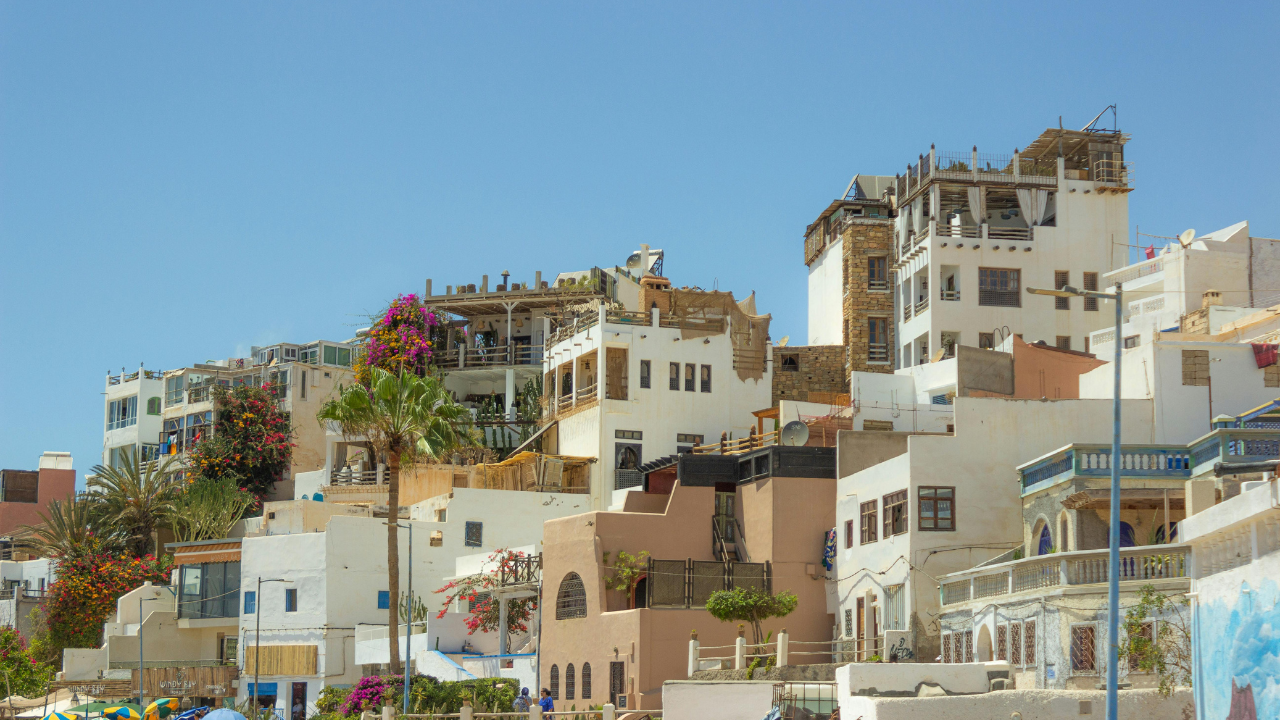
Principles of the Mediterranean style
Light and spaciousness
Natural light is the main protagonist. Mediterranean spaces seek to open to the outdoors through large windows, patios, terraces, or sliding doors. White on walls and ceilings enhances brightness and creates a sense of spaciousness.
Colors inspired by nature
The color palette is based on:
Whites and sand tones as a neutral base.
Blues and greens evoking the sea and vegetation.
Terracotta and ochres adding warmth.
This balance generates fresh and welcoming atmospheres, with vibrant accents in small details such as cushions, ceramics, or textiles.
Natural materials
The Mediterranean style is defined by its material honesty:
Stone and terracotta for flooring.
Untreated or whitewashed wood in furniture and beams.
Plant fibers (wicker, rattan, esparto) in lamps or rugs.
Light textiles such as linen and cotton in curtains, bedspreads, and cushions.
Interior-exterior connection
One of its keys is to blur the boundaries between indoors and outdoors. Patios, terraces, and balconies are integrated into the home with visual and material continuity.
Simplicity and comfort
The Mediterranean does not seek ostentation. It is based on relaxed spaces with functional furniture, simple lines, and an absolute focus on materials and light.
Essential materials in Mediterranean-style projects
The Mediterranean style is defined, to a great extent, by the honesty and naturalness of materials. It is not only an aesthetic matter but an architectural and decorative language that seeks to reinforce the connection with the earth, the sea, and the light. Each material brings texture, character, and sensations.
Natural stone
Historically, stone has been the base material in Mediterranean architecture.
Aesthetic function: robustness, freshness, and authenticity.
Practical function: regulates indoor temperature, keeping spaces cool in summer.
Current applications: interior wall cladding, non-slip outdoor floors, natural stone countertops, or ornamental details in fireplaces and staircases.
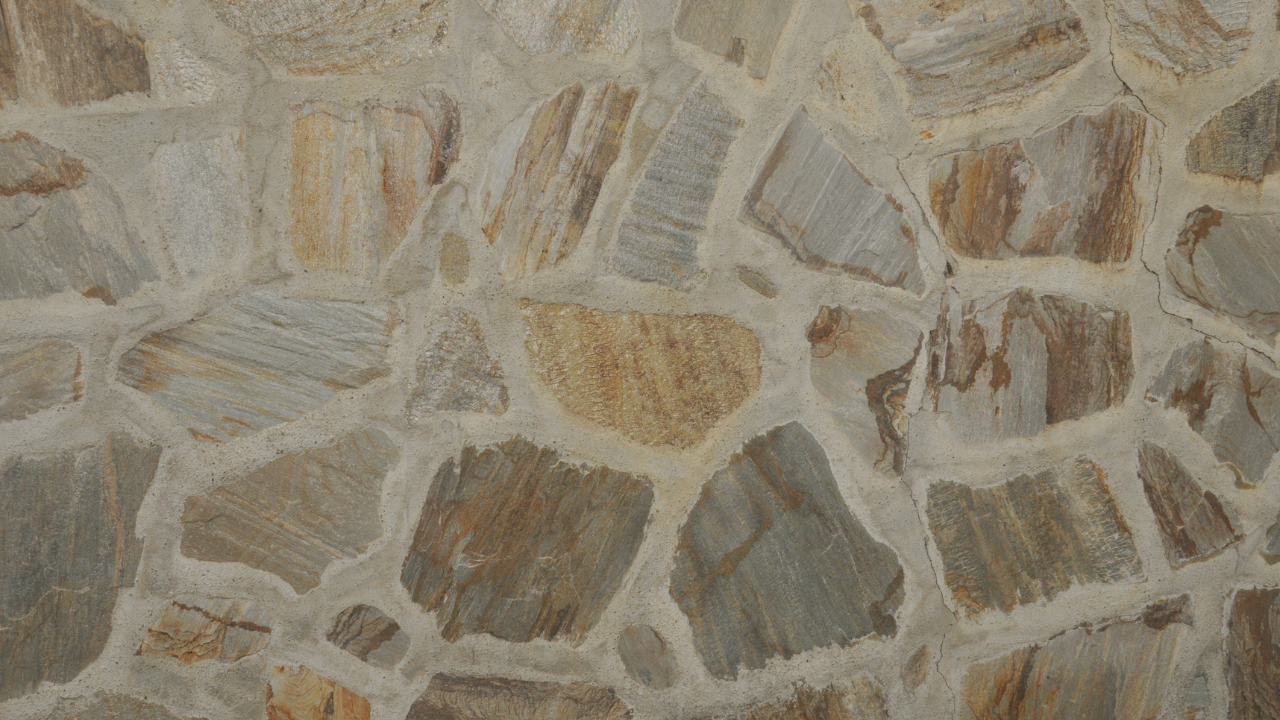
Handcrafted ceramics
Hand-painted tiles, mosaics, and hydraulic tiles are another hallmark of the Mediterranean style.
Aesthetic function: add color, geometric or floral patterns, and a handcrafted look.
Practical function: easy to clean, resistant to humidity and heat.
Current applications: kitchen and bathroom wall coverings, patio floors, decorative baseboards, or even unique pieces in tables and countertops.
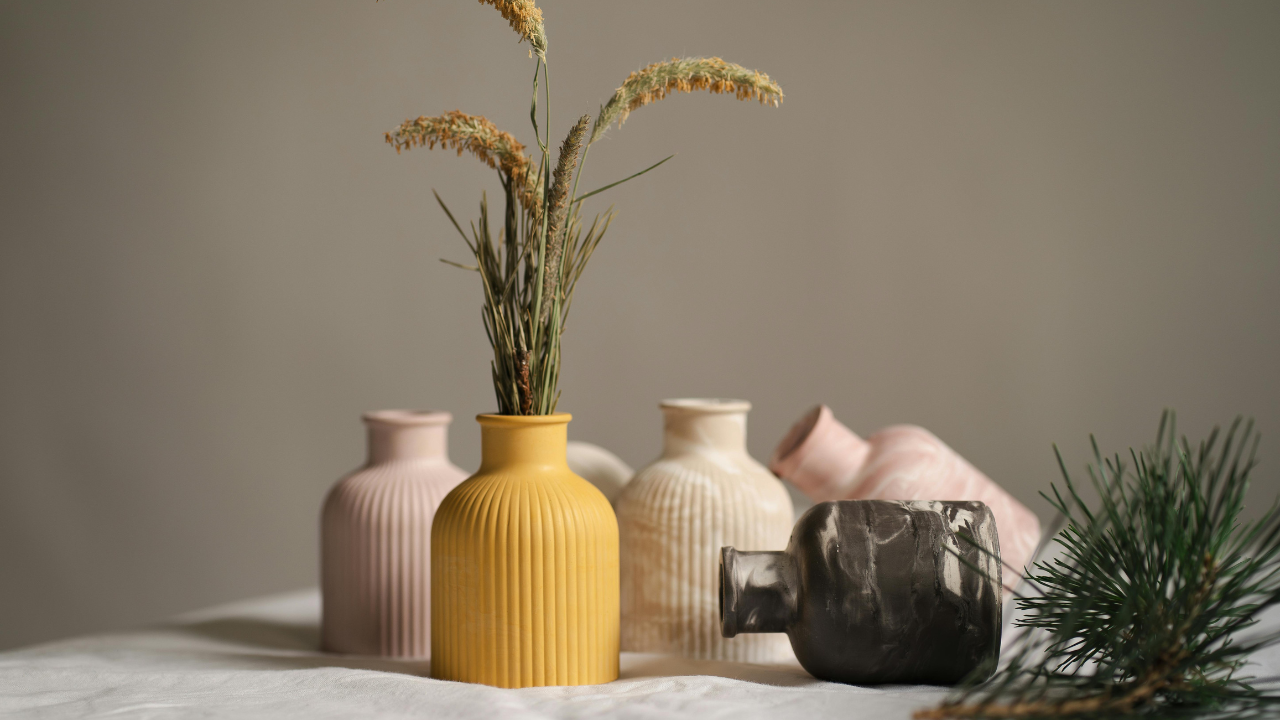
Light woods
Natural or whitewashed woods such as pine or birch reinforce the sense of warmth and closeness to nature.
Aesthetic function: lightness and visual softness.
Practical function: versatile and compatible with multiple styles.
Current applications: decapitated exposed beams, matte-finished furniture, interior and exterior carpentry, or wooden floors combined with stone or ceramics.
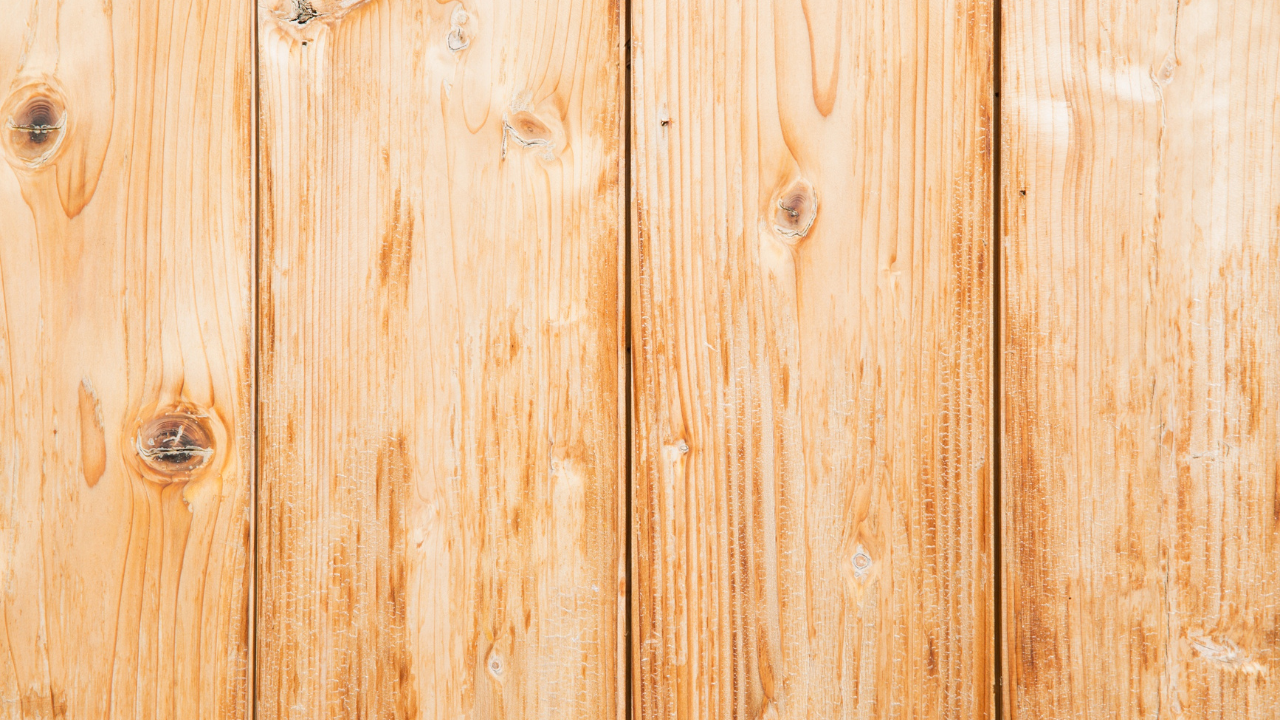
Plant fibers
Wicker, rattan, esparto, or jute directly recall Mediterranean artisan tradition.
Aesthetic function: texture, freshness, and a casual character.
Practical function: light, breathable, and affordable.
Current applications: wicker pendant lamps, jute rugs, rattan chairs, decorative baskets, or esparto headboards.
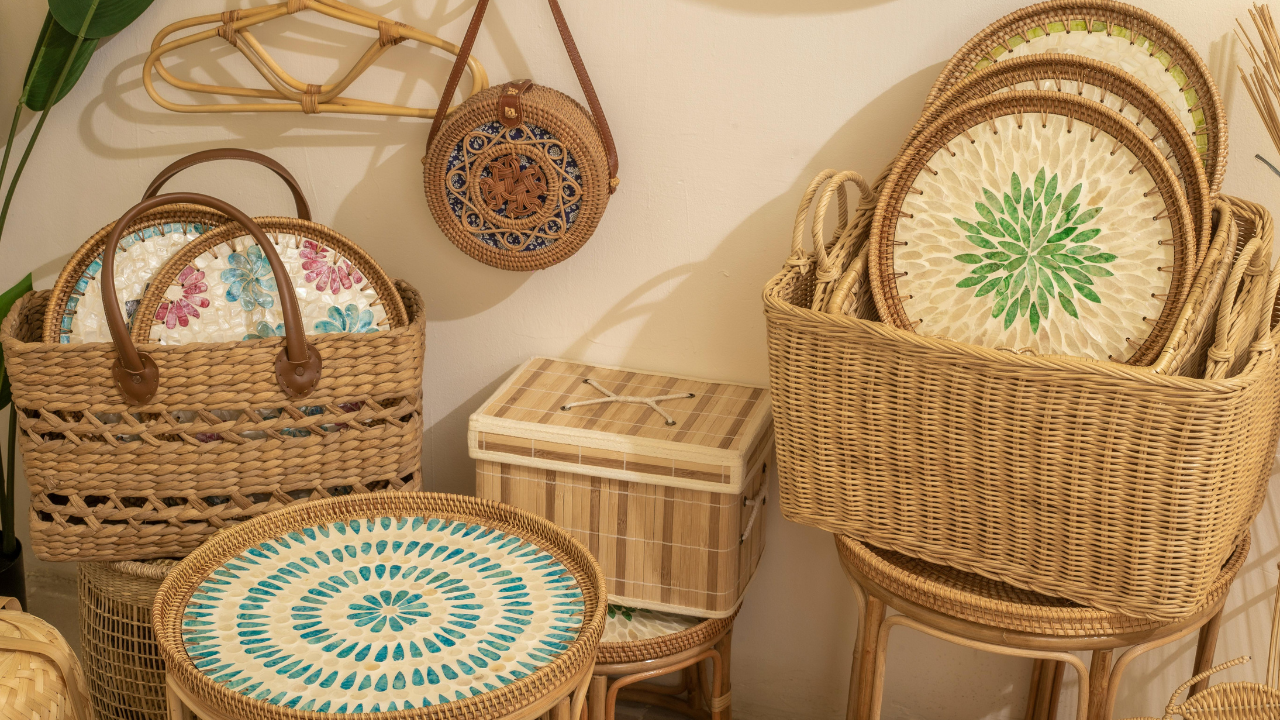
Plaster and lime
Whitewashed walls, with their matte and reflective finish, are perhaps the most recognizable image of the Mediterranean style.
Aesthetic function: reflects natural light, amplifying Mediterranean brightness.
Practical function: acts as a natural humidity regulator, keeping interiors fresh and comfortable.
Current applications: interior and exterior coatings, patio walls, whitewashed vaults, and details in fireplaces or structural walls.
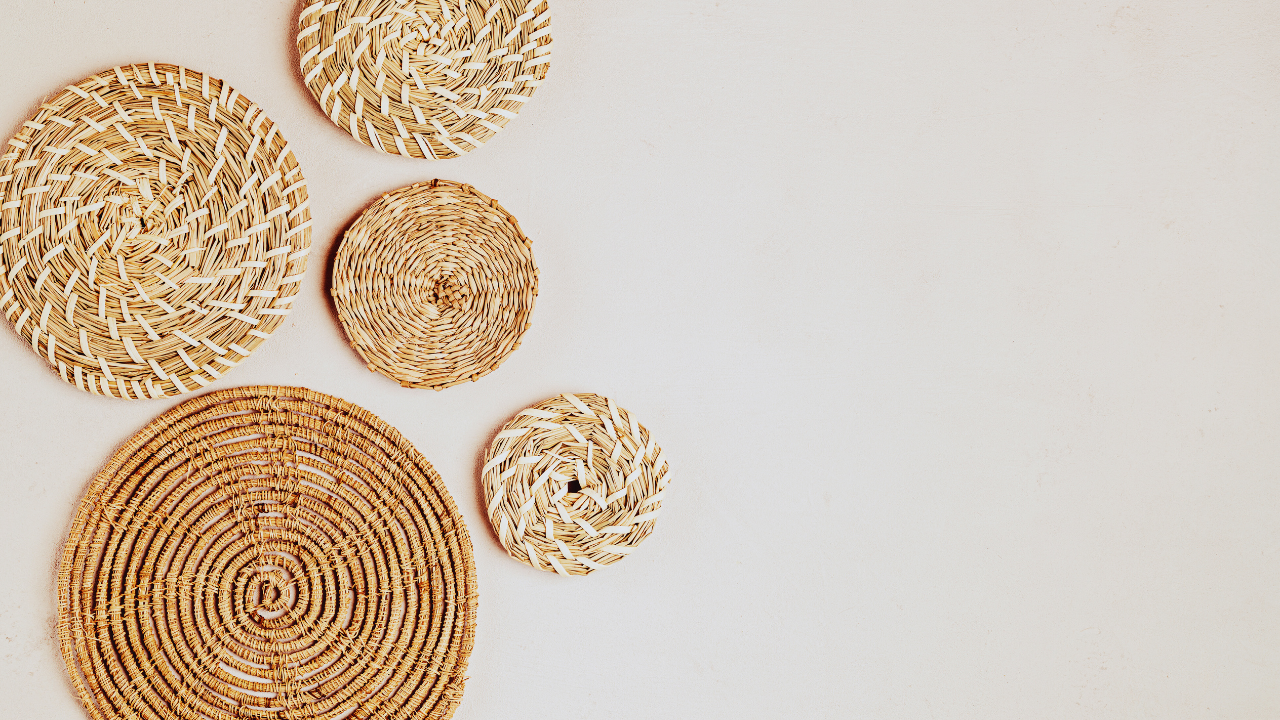
Mediterranean-style furniture
Furniture should be functional, light, and natural:
Dining tables in solid wood with rustic finish.
Low, wide sofas with linen covers.
Woven-fiber or artisan-inspired chairs.
Beds with wooden or light iron headboards.
Buffets and open cupboards to display ceramics and glassware.
The key is to balance tradition and modernity: contemporary design pieces can coexist with handcrafted furniture if chromatic and material coherence is maintained.
Mediterranean lighting
Lighting reinforces the warm atmosphere:
Natural light as the protagonist.
Hanging lamps made of plant fibers.
Ceramic or iron wall sconces.
Candles and lanterns evoking a coastal ambiance.
The goal is to recreate a fresh and relaxed atmosphere, like that of a house by the sea.
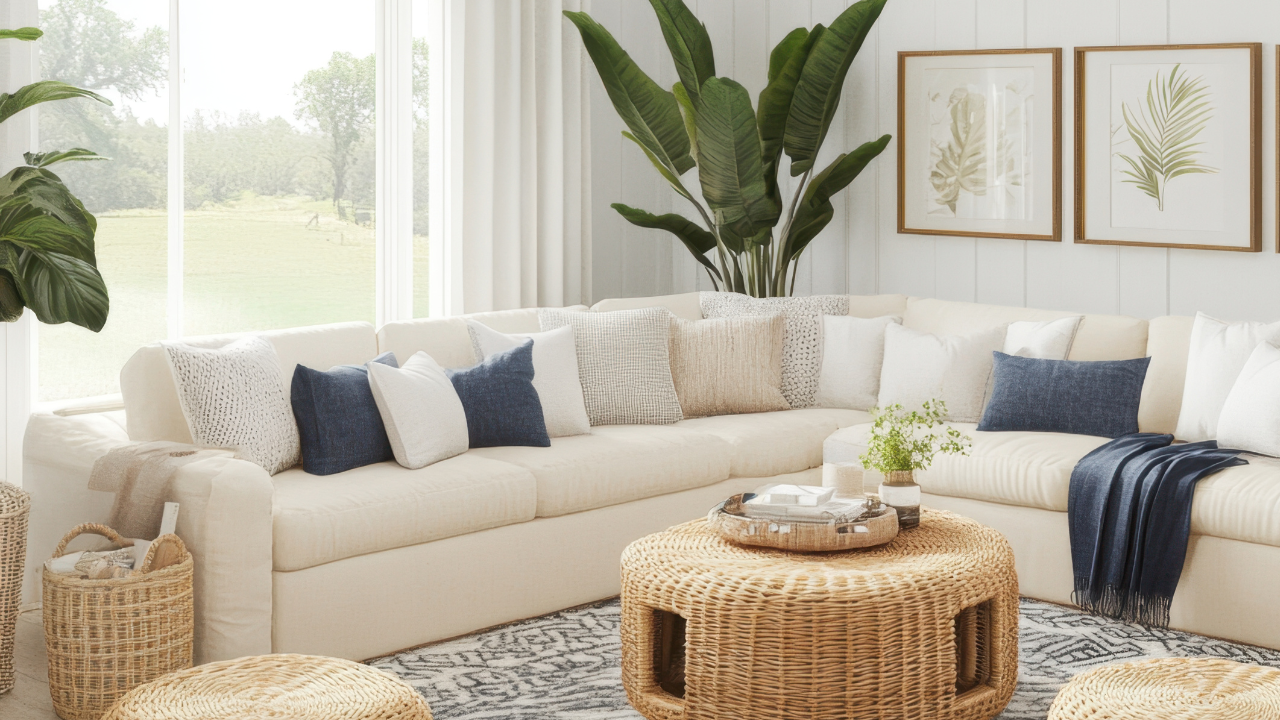
Application in different areas of the home
Mediterranean living room
Mediterranean kitchen
Mediterranean bedroom
Mediterranean bathroom
Terrace or patio
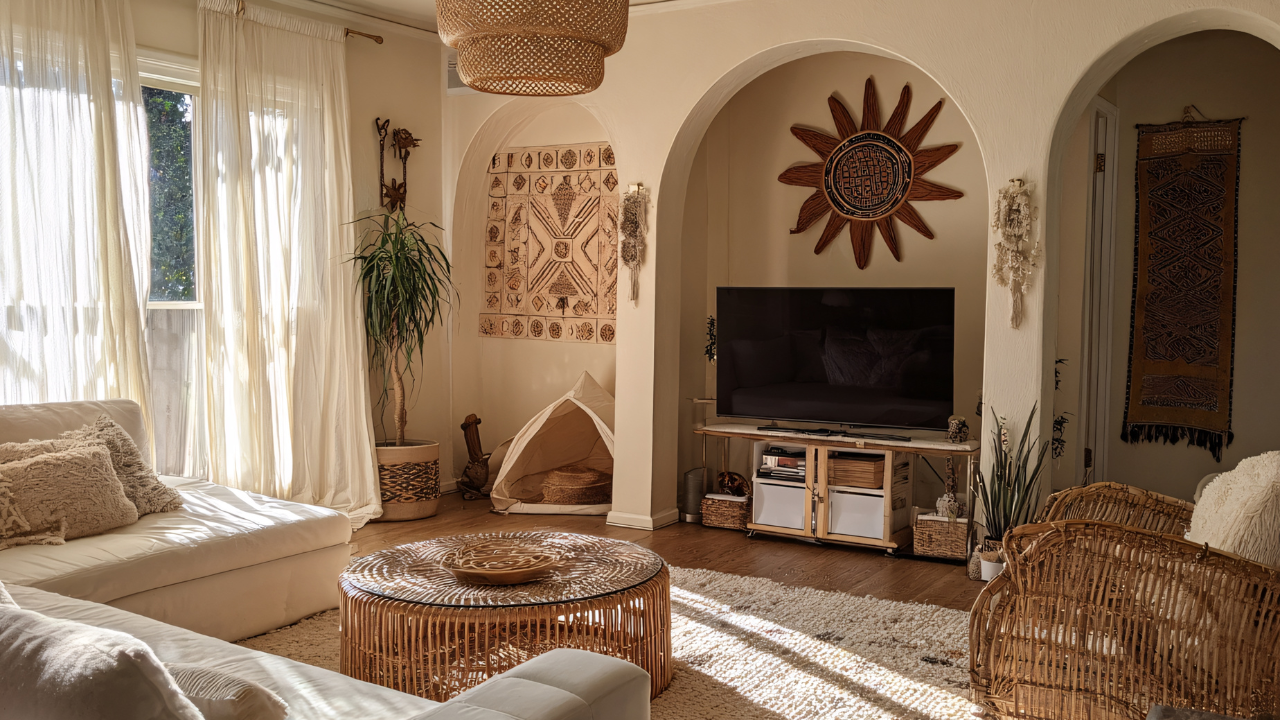
Our professional opinion
The Mediterranean style is a safe bet for residential and tourist projects that aim to convey freshness, light, and authenticity. Its versatility allows it to adapt to urban apartments, coastal villas, or commercial spaces.
For architects and interior designers, it is an opportunity to work with noble materials, enhance the interior-exterior relationship, and create spaces that are not only inhabited but lived as an extension of the natural environment.
With professional tools like Teowin Live, it is possible to design Mediterranean homes in 3D, choose materials, simulate natural lighting, and present realistic renders to clients before execution.
In short, the Mediterranean style remains a design language that connects tradition and modernity, adding value to any contemporary project.
